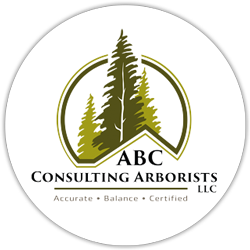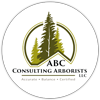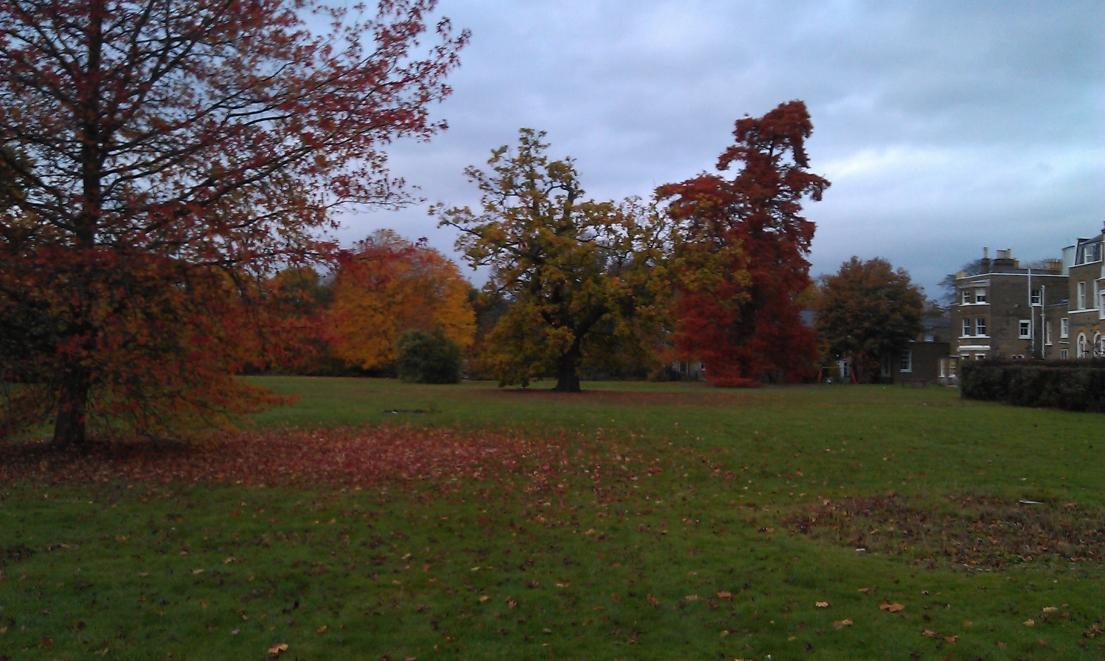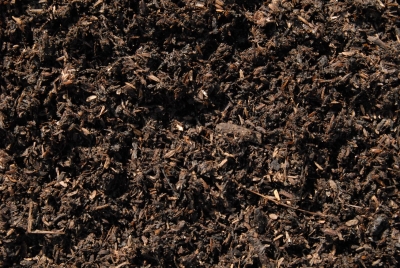Trees have value. Beyond the aesthetic, they clean our air, shade our homes, enhance our quality of life, and add to the value of our property. Should your trees be damaged or destroyed, you may need to know their monetary value? A tree appraisal is particularly important when trees are of an age or size that they cannot be replaced. Your Consultant can provide you with an appraisal based on industry standards that can assist you in recapturing your loss.
Appraisals
We provide accurate valuations and appraisals of trees and plants for insurance claims, legal cases, or other needs. We provide expert tree valuation for the benefit of our clients. Our tree valuations are robust & defensible and our expertise in this area, both in the use of a valuation system & our experience in the provision of this service allow our clients to place confidence in our assessments. We use the Council for Tree and Landscape Appraisers Guide to Plant Appraisal, 9 Edition, which is considered an industry standard.
We have used the Trunk Formula Method with success in numerous cases. We also use other methods when appropriate including the Replacement Cost Method and Cost of Cure Method. We are familiar with other methods of plant valuation not included in the Guide to Plant Appraisal, such as timber appraisal. Contact us for more advice.
More than just a pretty plant Appraisals can measure a tree’s worth other than its aesthetic value. Trees provide timber and food, and habitat for wildlife. They also replenish the environment with oxygen and filter pollution. All of these are values to which it is possible to attach a monetary figure. For landscape trees, however, value largely results from the aesthetic improvements they bring to property. The need to define this value relates to 1) insurance claims, 2) tax deductions, 3) legal claims and 4) real-estate assessment, among other things.
The appraisal process begins by determining the four variables that make up the formulas for each method of assessment. The next step is to determine the appropriate method of assessment. The following discussion describes the basic steps of appraisal. However, the process actually is much more detailed. Whenever a tree’s value is material to legal or financial claims, you should rely on an expert.
Factors in assessment The four major factors involved in properly assessing the value of a plant are size, species, condition and location. A thorough understanding of each is imperative.
1. Size. The first step in an appraisal is to measure the tree, usually its height or its trunk diameter. You should measure the trunk diameter at between 1 foot and 4.5 feet from ground level, depending on the overall height of the tree. You might also need to measure branch spread and bark thickness.
Leaning or sloped trees, low branching, excessive trunk flare, trees cut or broken below 4.5 feet and multi-stem specimens may complicate your measuring. Plant-appraisal guides provide more detailed discussions of how to treat such measurements.
2. Species. The species of tree alters appraisals in a variety of ways. Simply put, some species are more desirable than others, and, therefore, more valuable. Some take a long time to reach the desired form or size, so an old specimen may be particularly valuable.
Conversely, some species are known to be prone to certain pests or diseases. These are less likely to achieve their desired mature form or age. For example, a Bradford pear tree might be considered less valuable than other species in storm-prone regions because of its propensity to split.
3. Condition. Evaluate the tree’s structural integrity and overall health. Examine all aspects of the tree, including the roots, trunk, scaffold branches, twigs and foliage, and check for general health and vigor as well as specific problems. In estimating damage, it may be necessary to consider the tree’s condition prior to a particular injury. Damage from diseases, phytotoxicity and environmental causes are all considered components of the tree’s condition.
4. Location. Assess the tree’s site, placement and functional and aesthetic contributions to a property. Consider the overall quality of the general area-the buildings, hardscape and plantings. Note how the tree contributes to the site’s function and aesthetics. Determine how effectively the placement of the plant provides those benefits.
Methods of assessment After completing these four steps, you can begin the actual assessment. There are various methods to do this. Real-estate and insurance appraisers, accountants and landscapers might use different calculation methods; one is not inherently better. Appraisers sometimes (use) more than one method to ensure accuracy. If you have any uncertainty about which method to use or how to use it, contact a qualified professional.
* The replacement-cost method estimates the cost of replacing a tree at the same location with one of the same species, condition and, if possible, size. Many times, a specimen is too large to be replaced by a single tree and still be of equal value. In this instance, appraisers may allocate several smaller trees deemed collectively to be equivalent to the larger original. This is simply a matter of calculating the cost of the replacement trees and their installation. (You’ll notice that this method seems similar to cost of cure and cost of repair; however, the essential difference is that the replacement-cost method is used in situations when the only viable option is to replace the tree.)
* The trunk formula is used to estimate the value of a tree that is too large to replace with nursery or field stock, or when the trunk is the only remaining part of the tree. You determine the appraised value by calculating the tree’s basic value and adjusting it for the variables of condition and location.
The basic value of a tree is the sum of two factors: the cost of transplanting the largest normally available tree of the same or comparable species; and the increase in value due to the larger size of the tree being appraised compared to the size of the replacement tree.
* Somewhat similar to the replacement-cost method, the cost of repair and cost of cure methods are used to appraise monetary loss when trees are damaged or destroyed. Cost of repair does just what it indicates: assesses the cost of repairing a damaged tree. Treatments might include wound treatment, cabling, bracing, pruning, or insect and disease management. Cost of cure is used to determine the treatment that will return the property to the closest approximation of its original condition. Both of these method account for the following steps: – Remove debris and clear the site – Replace, repair or restore tree to its pre-casualty condition – Post-restoration maintenance.
For certain types of trees, other methods exist. For instance, evaluating palms differs because of specific characteristics inherent to a palm.
Using the appraisal The method you use will affect the final value you attribute to a tree. The appraised value of a tree should be reasonable in relation to the value of the property on which it sits. Identical trees in different neighborhoods could have vastly different dollar values. Studies have estimated that trees may account for up to 15 percent of the value of a residential property. (For example, a $200,000 house on a lot with three mature trees might owe as much as $30,000 of its value to the trees. Assuming that all three trees are of equal value, each tree would be valued at $10,000.)
The Internal Revenue Service (IRS) allows deductions for losses of property sustained during the taxable year that are not compensated for by insurance or other means. Refer to the IRS Code of 1986, section 165 (a) for further information. Otherwise, tree appraisals are used for determining the value of trees in settlement for damage or death of trees through litigation, insurance claims or direct payment.
Additional uses of tree appraisals include real-estate assessments, agency budget justification, condemnation proceedings, sale of nursery property and establishing the value of trees damaged during construction operations.
This article outlines just the basic steps of appraisal. Many variables affect how a tree is initially inspected and measured and how its characteristics translate into value. When an expert opinion is necessary, such as in an insurance or legal claim, A.B.C. Consulting Arborist LLC has the experience and knowledge to help you decide which method is right for your situation. Experience is critical to properly valuing a tree in a manner that will stand up legally, we have the experience and knowledge you may need, give us a call and see how we can help.









Recent Comments